THE Belmont tomatoes they are a particular native variety of Calabrian tomatoes from a small village in the Tyrrhenian Sea of Cosenza, namely Belmonte Calabro (CS). The Belmonte tomato has two specific ecotypes: ox heart And pink giantboth characterized by the large size of the fruit and above all by the unique and inimitable taste. Among salad tomatoes, Belmonte is at the top of the range and for this reason it is grown not only in the Calabrian hills, but throughout Italy, being particularly appreciated and sought after.
To cultivate the Belmonte tomato, local farmers have developed particular cultivation techniques over the years, which we will try to explain in this article by revealing all the secrets of this extraordinary tomato, unique in the world.
What are the origins of the Belmonte tomato?
The history of the Belmonte tomato is very curious, linked to a land of emigrants and stories handed down by the local elders. The news received up to today tell of a certain Guglielmo Mercurio, an inhabitant of the S. Barbara fraction of the small Calabrian village, who emigrated to America at the end of the 19th century, who returned to his native land after a few years, bringing with him the seeds of this particular variety of tomatoes. These tomatoes began to be grown in the local area and it seems that after a few years they adapted to the specific soil and climatic conditions to become the magnificent tomato that has survived to this day.
It is important to take into account the uniqueness of the territory of the Calabrian municipality of Belmonte and in general of the entire Tyrrhenian coast of Cosenza where the tomato then initially spread. We are talking about hills overlooking the sea, in which large terraces have been created, protected behind by the fresh mountain air, but with all the benefits of the marine climate and sunny southern exposure. A unique climate, which cannot be ignored if you really want to get to know the real Belmonte tomato.
What is the Belmonte tomato plant like?
The Belmonte tomato plant has “indeterminate” growth and can easily exceed 2 m in height. The plants, depending on the climate and the time of planting, have an average biological cycle of 150-170 days.
The root system is of the tap-root type and develops many lateral roots. It can reach considerable depths, 50-60 cm, even if the bulk of the roots is concentrated in the first 30 cm of soil.
The stem is robust, reaching 2-3 cm thick at the base. At first it is erect, then decumbent, which means that the plant needs a support system. Numerous “femminelle” develop on the stem, i.e. lateral ramifications, which then determines the particular pruning intervention that we will see later.
The leaves are arranged alternately on the stem, with a not too large surface area, but on average 20-30 cm long. They have single pinnate, irregular, pubescent leaflets. They are very fragrant and rich in essential oils, which to the touch they stain the hands leaving the classic green a little sticky.
The leaves of the Belmonte tomato have the important function of protecting the large fruits from sunburnfor this reason the plant should never be defoliated.
Flowers and flowering
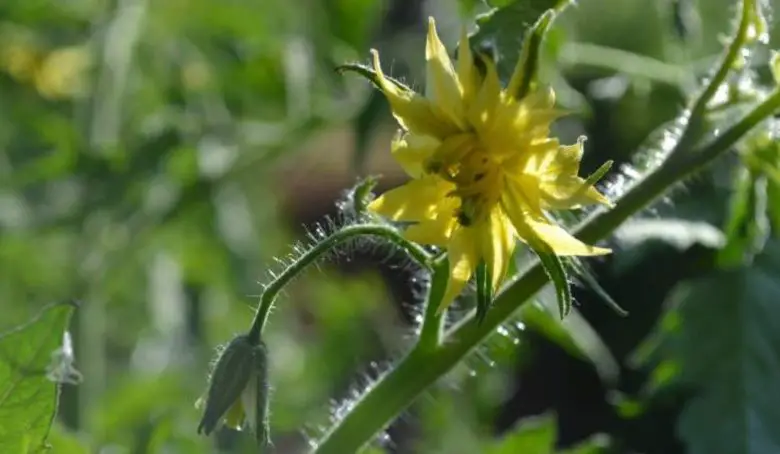
After the formation of the first 5-10 leaves, the formation of the flower stages begins, which then alternate on the stem every 4-5 main leaves. The inflorescences are carried by a long petiole and are generally formed by 7-8 flowers. Given the large size, usually the fruits that usually attach to each stage of flowers are 4-5.
The pollination and fertilization of the flowers is of a mixed type, in part the plant is self-fertile, in part it is pollinated by bumblebees, bees and others beneficial insects.
In some plants of the Belmonte tomato, the formation of the “double flower” occurs, i.e. the fusion of 2 or more flowers. In this case abnormal, giant and sometimes deformed fruits are formed. This causes too much competition against other flowers, so some farmers prefer to manually remove these double flowers at first.
The flowering of Belmonte is gradual, fairly prolonged over time, which obviously allows for a long period of fruit harvesting.
Fruits
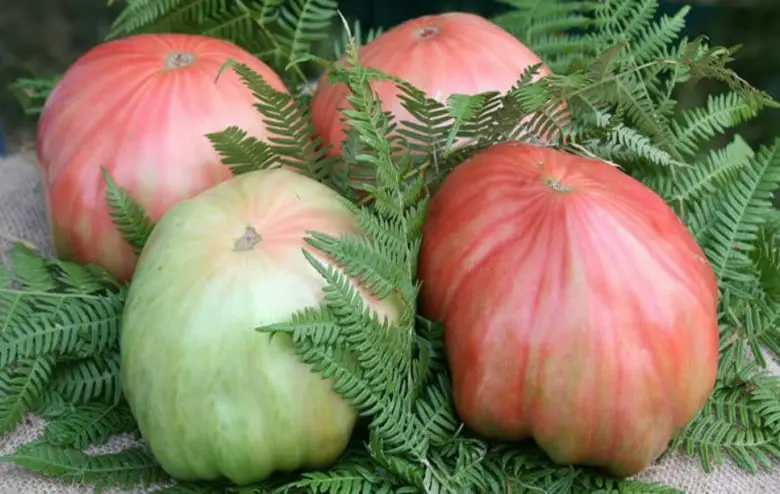
Giant pink tomatoes
The Belmonte fruit is a berry of variable dimensions depending on the ecotype that we will see. At the beginning the color is green, then when veraison begins the typical pink color appears, initially with slight nuances in the apical part. Proceeding with ripening, the pink color extends to the whole fruit, and then becomes almost completely red.
The Belmonte tomato harvest must be done before complete ripening, when the tomato is still pink, when it turns red, the tomato is still good, but it must be consumed in a very short time.
The skin (epicarp) is very thin, pleasant to the taste, it protects the pulp (mesocarp) which is extremely fleshy, soft and compact, with very few disc-shaped seeds inside. The weight of 1000 seeds is about 3-4 g.
The heart of an ox and the pink giant
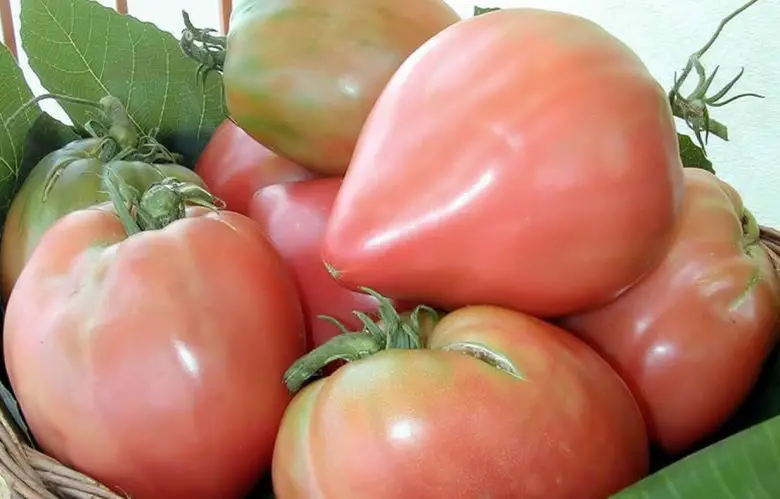
Ox hearts
There are two main ecotypes of Belmonte tomatoes, namely the ox heart and the pink giant.
The Belmonte ox-heart variety produces slightly asymmetrical berries, with little hinted ribs, compact shape, initially pink in colour, but then more tending towards red, size per single tomato which varies between 400 and 800 g. The giant variety of Belmonte, on the other hand, has a greater transversal diameter, a clear pink color even at more advanced ripening, a flatter shape, with evident ribs. The size of the single tomato is much greater, a single berry weighs on average 1-1.5 kg, but sizes of up to 2 kg can also be reached!
What is the ideal climate for growing the Belmonte tomato?
As mentioned, the territory of Belmonte is hilly-coastal, with a mild climate throughout the year, with hot summers, but mitigated by the protection of the mountain range.
In general, the cultivation of tomatoes it requires a warm-mild climate, and Belmonte is no exception to this rule.
Temperature is the main factor affecting growth, with specific limits. At a temperature of 8-10 °C it has the so-called zero vegetation, the optimal night temperature is 13-16 °C, the daytime one 22-26 °C. Temperatures above 35 °C have a negative effect on fruit ripening, especially in areas totally in full sun.
Rains in the May-June period are favorable for open field crops, even if they can favor the appearance of fungal diseases which must be adequately prevented.
The high and persistent heat in June-July instead causes a certain drop of flowers and therefore fruit setting.
Having made these due considerations, we can say that the Belmonte tomato can be grown in spring-summer in all Italian regions, with the exception of very cold high mountain areas.
How and when to sow Belmonte tomatoes?
To start the cultivation of Belmonte tomatoes it is possible to start from the seeds or buy the seedlings in the nursery. THE seeds are easily found for sale on the net, here you will find a selection.
Obviously the purchase must be made at the first cultivation, then we advise you to store the seeds made from your tomatoes.
Belmonte sowing can be done at different times, using the seedbed technique with honeycomb containers. It is recommended to use a light and good quality soil specific for sowing vegetables.
Keep the seedbed in a sunny place and protected from any bad weather and drops in temperature, with the soil well moist, but never soaked. The small seeds are buried 1-2 cm deep.
In the production area, which is mainly marine, sowing begins in January-February, while at hilly altitudes it takes place in March-April.
From the moment of sowing it takes about 45 days to have seedlings ready for transplanting.
How to prepare the soil for this particular variety?
The preparation of the land is the crucial moment for the success of the Belmonte tomato cultivation.
The the ideal soil should be of medium texturefresh and deep, with an abundant endowment of organic matter, e Neutral or sub-alkaline pH, between 5.5 and 7.9. The crop avoids soils that are too sandy or, vice versa, clayey and compact ones.
The Belmonte needs a great one organic fertilization to be done in time with mature manure. The ideal is to spread the manure on the ground at the end of winter, after deep tillage, for example one subsoilingand then amend it to the ground with the motor hoe or rotary cultivator (or manually with a digging), about 15 days before the expected transplant time.
These are the general indications, then there is the secret technique practiced by the farmers of Belmonte from Calabria. In practice, grooves about 50 cm deep are made. These furrows are filled with at least 20-30 cm of very mature manure and then covered with a layer of soil forming a sort of bed. The seedlings are then planted in the center of the bed, practically above the manure. This type of intervention allows the crop to have all the nutritional elements available to face its long crop cycle. Here, however, you will find other techniques for fertilizing tomatoes.
How and when to plant Belmonte tomatoes?
The transplant of Belmonte tomatoes does not differ from Seen techniques for planting all other tomatoes.
As far as timing is concerned, the sowing period must be taken into account. In seaside areas, with early sowing, outdoor transplanting takes place already in early March. In the hills, one usually expects the end of April or the beginning of May. Later transplants are also possible, throughout the month of June, until the beginning of July, which obviously will give a later harvest starting from the second half of August. Keep in mind that from the moment of transplanting the Belmonte tomato takes about 75 days to bear the first ripe fruits.
The planting layout must be large, with simple rows, spaced at least 1.3-1.5 m from each other. On the row, 50-60 cm should be left between one seedling and another.
How much water to give Belmonte tomatoes?
Giant Calabrian tomatoes also need to be water properly. The irrigation system to be preferred to the drip one, which allows you to optimize the frequency, the quantity of water and avoid waste. Irrigation, in the absence of rainfall, must be regular throughout the crop cycle. Consider an average of 3-4 waterings per week during hot weather. The water should preferably be given early in the morning, at the limit in the evening hours, never during the hot hours of the day.
To limit the water requirements, the cultivation of the Belmonte tomato can benefit from a layer of natural mulchto be placed between the plants when they have reached at least a height of 20-30 cm.
What are the cultivation treatments for this type of tomato?
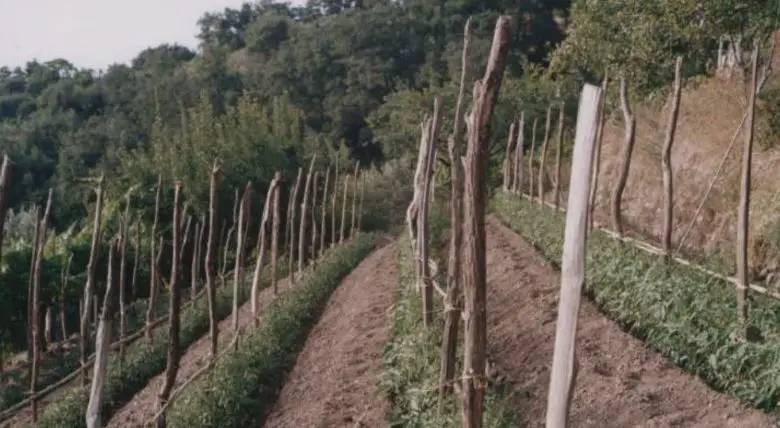
The first care after transplanting tomatoes Belmonte definitely predict the tamping (obviously to be done before mulching). Tamping strengthens the foot of the plant and stimulates the emission of adventitious roots in the lower part of the stem. Then this operation also serves to eliminate the first weeds. If you do not decide to use mulching, you will need to provide for periodic weeding. A fundamental cultivation operation on the Belmonte is the preparation of a support system. There are several possibilities, you can in fact tie the tomatoes with the string system or, in a more classical way, using chestnut poles and tied with nylon thread. The Belmonte tomato plants are very vigorous and have an indeterminate growth, without adequate support they would soon end up on the ground, with all the consequent problems.
How to prune the Belmonte tomato?
Belmonte tomatoes, to grow regularly and develop large-sized fruits, need one regular femininity. The supernumerary side shoots are removed with the checkered pattern, allowing a single trunk to develop. On average, 6-7 flower beds are left on the Belmonte tomato. When the plant develops this number of antlers, it is then clipped at the apex to arrest vertical growth. This allows the plant to concentrate all its energies on the maximum ripening of the fruits of the 6-7 remaining bunches, guaranteeing the large size typical of the variety.
How are Belmonte tomato diseases prevented?
The Belmonte tomato is subject to typical tomato diseases, such as downy mildew for example. To prevent it, in addition to the classics interventions with copper-based productsyou can effectively use the micronized zeolite, a rock dust that creates a protective patina on the leaves, preventing the attack of pathogens. Normally the Belmonte is not subject to the apical rotthe important thing is to ensure good fertilization and regular watering.
In greenhouse cultivation pay attention to the presence of leaf brown virus, to which the variety is susceptible. To avoid this problem or that of the collar rotit is essential to practice adequate crop rotationavoiding always planting tomatoes in the same parcel of land for several consecutive years.
What are Belmonte parasites?
Like all tomatoes, even Belmonte is not free from parasitic attack.
Here is a list, with related insights, on the most common pests for crops:
- absolute tomato suit;
- nocturnal tomato;
- green bugs;
- red spider mite;
- aphids;
- whitefly;
- thrips.
Organoleptic characteristics and uses in the kitchen
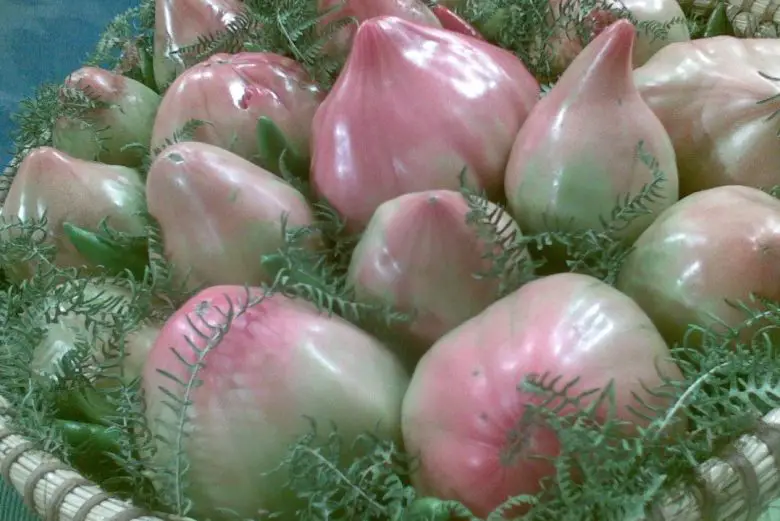
The Belmonte tomato, whether ox heart or pink giant, is the salad tomato par excellence. Of an infinite sweetness, compact, but at the same time soft and juicy, it lends itself to any type of raw preparation.
The classic recipe calls for cutting it into large slices, 2-3 cm thick, placing it on a nice flat plate and enriching it with extra virgin olive oil, red Tropea onion, oregano and basil. The sensation is that of eating a slice of meat, but in reality it is a splendid tomato.
If you then put a nice slice of buffalo mozzarella on it, it’s his death. Very simple in practice, it can be tasted for what is its natural essence.
If you happen to pick extra-ripe tomatoes on the plants, gone a little further, beautiful red and ripe, you can also think of turn them into past. The homemade sauce with Belmonte tomatoes has a unique sweetness, a nectar so good that you will almost regret eating it, it is so precious, to season only your best dishes. Seeing is believing.

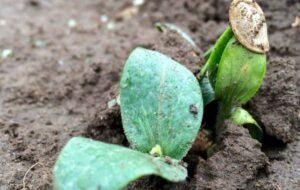




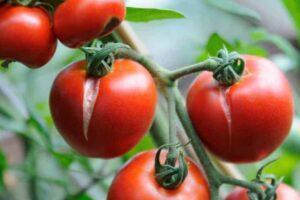
Start a new Thread